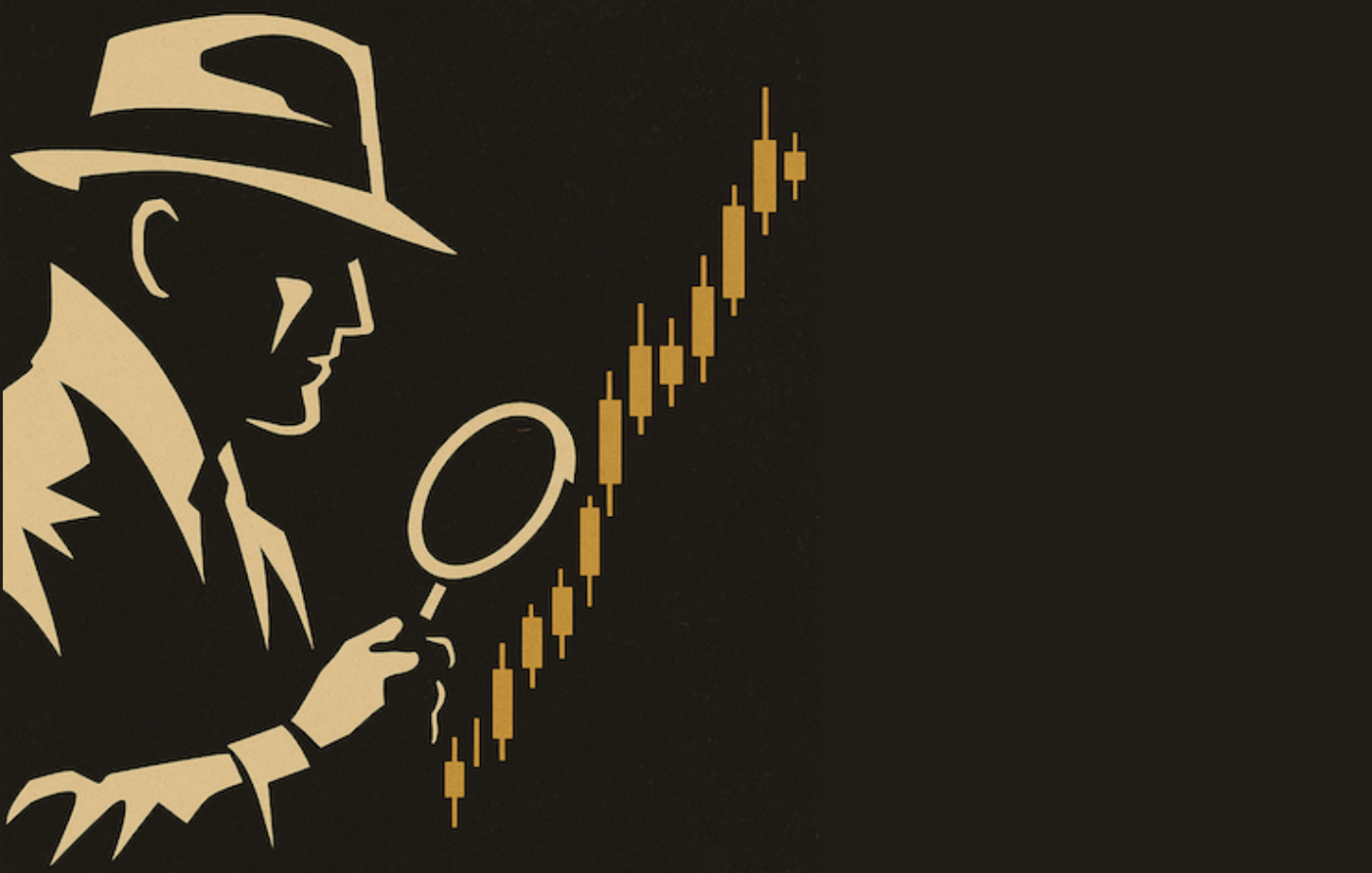SPY GETS NOISY, IWM ESTABLISHES SUPPORT, T-BONDS AND UTILITIES BRACE FOR BIG WEEK, CHEMICAL STOCKS LIFT MATERIALS SPDR, EW S&P 500 LAGS, SMALL-CAPS AND CONSUMER DISCRETIONARY START UNDERPERFORMING
WEBINAR CHARTS... The charts below represent some of those featured in today's Webinar. The big trends are clearly up for the major index ETFs, but I am seeing some signs of weakness in a few key groups. It is not a major concern right now, however, it is something to keep an eye on. With the Fed meeting and employment report, we could also see a decisive move in the bond market this week, which could in turn affect utilities, gold and the Dollar. Charts of interest include a couple big tech stocks, two big healthcare stocks, two commodity currencies, two commodity countries and more. Click here for the recording.
SPY GETS NOISY AT NEW HIGHS... Chart 1 shows the S&P 500 SPDR (SPY) hitting a new high on Friday with a doji candlestick and then forming a bearish engulfing on Monday. Even though the bearish engulfing is bearish, keep in mind that it is a short-term pattern and downside follow through is required for confirmation. SPY dipped below 210 in early trading on Tuesday and immediately recovered with a move back above. Thus, this candlestick pattern has yet to be confirmed.

(click to view a live version of this chart)
Chart 1
Long-term, the doji and bearish engulfing are just noise, and do not affect the bigger uptrend. SPY hit new highs in February and April, and the March lows mark long-term support. Short-term, I am using a Raff Regression Channel to define the five week advance and mark first support in the 208-209 area. The middle line of the Raff Regression Channel is a linear regression, which is the line of best fit for the closing prices. The outer lines are parallel and equidistant from the first high or low from the linear regression. This makes the Raff Regression Channel a little less subjective than a trend line. Using the furthest high or low factors in volatility. As the channel now stands, the lower trend line ends in the 208-209 area and I will mark first support in this zone.
IWM ESTABLISHES FIRST SUPPORT... Chart 2 shows the Russell 2000 iShares (IWM) dipping below 124 in early trading on Tuesday and surging right back above this level. Today's dip marks at least the fourth foray into the 123-124 area this month and chartists can mark first support here. A close below these April lows would point to an increase in selling pressure that could herald the start of a correction.

(click to view a live version of this chart)
Chart 2
TREASURY BONDS BRACE FOR BIG WEEK... It could be a big week for the bond market because the Fed makes its policy statement on Wednesday afternoon and the employment report will be released on Friday before the open. The Treasury bond ETFs are currently split because the 20+ YR T-Bond ETF (TLT) broke support and the 7-10 YR T-Bond ETF (IEF) remained above support. Chart 3 shows TLT surging in March and hitting resistance near the 62% retracement in late March. After stalling in the 132-133 area into early April, the ETF moved lower the last few weeks to form a lower high (below the late January high). At this point, I am bearish on TLT and will mark resistance at 132. Chartists can also watch the 30-YR Treasury Yield ($TYX) in the indicator window for clues. The long-term trend is down with resistance in the 27.5-29 area (2.75-2.9%). A breakout at 2.9% would signal higher yields and this would be bearish for Treasuries.

(click to view a live version of this chart)
Chart 3

(click to view a live version of this chart)
Chart 4
Chart 4 shows the 7-10 YR T-Bond ETF holding up better in April because it has yet to break its late March low. The mid March surge and breakout are still dominant here and still bullish. A break below support at 107.5 would negate this breakout and turn IEF bearish. The indicator window shows the 10-YR Treasury Yield ($TNX) with two levels to watch. First, a break above 20 (2%) would be bullish for yields and bearish for IEF. Second, a break above 22.5 (2.25%) would fully reverse the downtrend in the 10-YR Treasury Yield and this would be very bearish for Treasury bonds.
UTILITIES HANG IN THE BALANCE... With Treasury bonds and yields on the hot seat this week, the Utilities SPDR (XLU) could be poised for a significant move because XLU has a strong positive correlation with TLT. Chart 5 shows XLU moving back above its 200-day moving average in the second half of March and holding above throughout April. The ETF has not really gone anywhere though. While further weakness in TLT would be negative for XLU, I am still holding out for a signal on the chart. Correlation and indicators are important, but the chart has the final say. A close below 43.4 would break support and be bearish.

(click to view a live version of this chart)
Chart 5
FINANCE ETF LAGS, BUT HOLDS SUPPORT... Chart 6 shows the Equal-weight Finance ETF (RYF) within a very tight trading range this month. I am still erring with the bulls because the 20-day EMA is above the 125-day EMA and the 125-day EMA is rising. The March lows mark a clear support zone in the 43.5-44 area that holds the key. A break below this support zone would be bearish for the sector as a whole and this would weigh on the market.

(click to view a live version of this chart)
Chart 6
CHEMICAL STOCKS LIFT MATERIALS SPDR... Chart 7 shows the Materials SPDR (XLB) forming a higher low in the 50-62% retracement zone and turning up in April. Note that the ETF hit a new high in late February and the bigger trend is up. There is often a certain ebb and flow in a trend. I used the red Raff Regression Channel to define the pullback and identify the breakout in early April. I am now using the green Raff Regression Channel to define this upswing and mark support at the late April low. A break below this level would call for a reassessment of my bullish stance. Note that XLB is dominated by big chemical companies. In fact, eight of the top ten components are listed in the chemical industry. Sherwin Williams (SHW) and Freeport McMoran (FCX) are the only two non-chemical stocks. This means the top eight stocks account for over 55% of the ETF and XLB is basically a play on big chemical stocks.

(click to view a live version of this chart)
Chart 7

(click to view a live version of this chart)
Chart 8
Chart 8 shows the Equal-weight Materials ETF (RTM) hitting new highs in February, holding support near broken resistance in late March and turning up in April. It looks like the bigger uptrend is resuming and I am marking first support at 86. The indicator window shows the SCTR moving above 60 in mid April, holding 40 with last week's dip and moving back above 60 late last week. RTM is starting to show relative strength. Note that RTM has plenty of chemical stocks, but the holding are almost equally weighted and this gives more overall weight to Metals & Mining and Containers & Packaging.
EQUAL-WEIGHT S&P 500 UNDERPERFORMS... Even though SPY and QQQ hit new highs this week and remain in clear uptrends, there are some weak spots to watch in the stock market. First, the Equal-Weight S&P 500 ETF (RSP) is underperforming the S&P 500 SPDR. RSP represents the small and mid-cap stocks in the index, while SPY represents the large-caps. Chartists can measure relative performance by using the price relative (RSP:SPY ratio). This ratio rises when RSP outperforms SPY and falls when RSP underperforms SPY. Relative strength in the Equal-Weight S&P 500 ETF is positive because this reflects broad strength throughout the S&P 500. Relative weakness suggests that the advance could be narrowing and large-caps are leading. Chart 9 shows this ratio rising from mid October to early April and then falling sharply the last four months. This could be a pullback within the relative performance uptrend, but the depth of the decline is a concern. A break below the March low would reverse the uptrend in relative performance and show some serious relative weakness.

(click to view a live version of this chart)
Chart 9
MID-CAPS AND SMALL-CAPS START TO LAG... April is clearly all about large-caps and tech stocks. Chart 10 shows a PerfChart with month-to-date performance for the eight major stock indices. The Nasdaq 100 and Nasdaq are the clear leaders and the S&P 500 is a distant second. This tells us that Nasdaq stocks (techs) show relative strength and this is where the money is flowing. In contrast to these gains, the S&P Small-Cap 600, Russell 2000 and S&P MidCap 400 are actually down in April. Even though they are just fractionally down, they are clearly not confirming strength in the S&P 500 and Nasdaq 100. At best, to prefer large-caps and techs to small-caps and mid-caps. At worst, it points to underlying weakness in the stock market and could foreshadow a correction.

(click to view a live version of this chart)
Chart 10
CONSUMER DISCRETIONARY AND FINANCE LAG... The third concern is weakness in the Equal-Weight (EW) Consumer Discretionary ETF (RCD) and the EW Finance ETF (RYF) because these are two important offensive sectors. As noted on Monday, the Consumer Discretionary SPDR (XLY) is weighted by market cap and this ETF surged to new highs on Friday-Monday, thanks to Amazon and Starbucks. RCD is equally weighted and is a better representative of the sector as a whole. Even though the S&P 500 SPDR (SPY) is up over 1% this month, chart 11 shows the EW Consumer Discretionary ETF with a fraction loss (-.05%) and relative weakness. This is the most economically sensitive sector and relative weakness is a concern. The EW Finance ETF is also down and lagging with a -.47% decline. The EW Industrials ETF (RGI) and EW Technology ETF (RYT) represent the other two offensive sectors. Technology is doing fine and outperforming. The EW Industrials ETF is up, but up less than SPY and underperforming. Thus, we have three offensive sectors underperforming this month.








